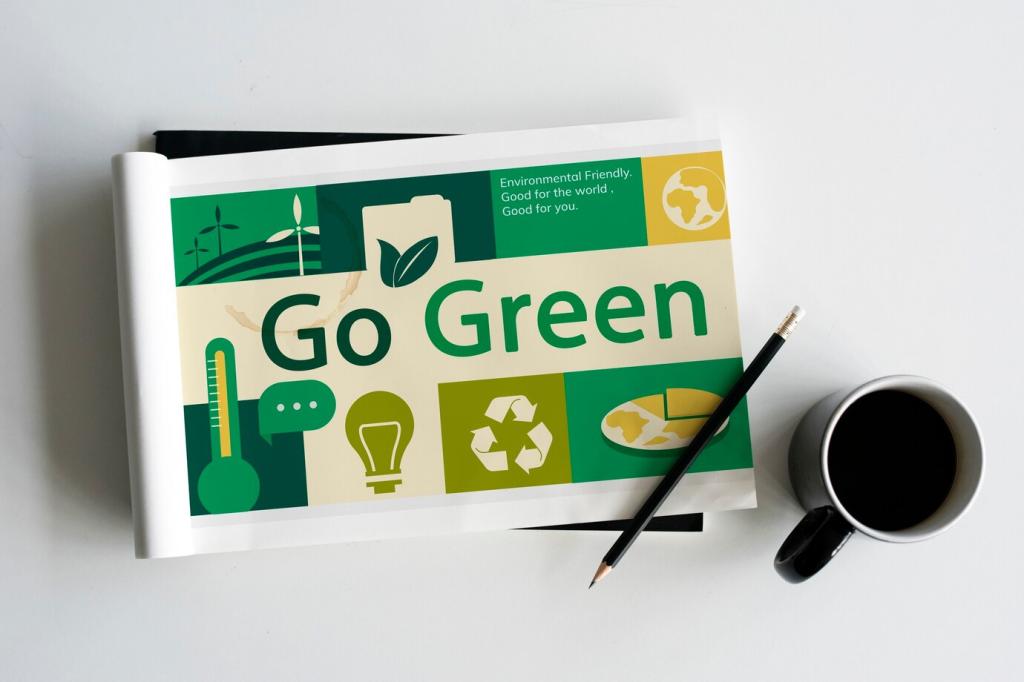Building a sustainable home starts with choosing the right materials that not only promote energy efficiency but also positively impact the environment. Green building materials are essential for reducing the ecological footprint of a home without compromising on quality or durability. These materials focus on resource efficiency, improved indoor air quality, and reducing waste. Emphasizing the use of eco-friendly options in modern home construction can lead to healthier living spaces, lower utility bills, and long-term value. As homeowners become more conscious of their environmental impact, understanding and selecting appropriate green building materials becomes increasingly significant in achieving a truly sustainable home.

Innovative Insulation Solutions
Cellulose insulation is primarily made from recycled paper products, most commonly old newspapers, making it one of the most sustainable insulation materials available. It is treated with natural fire retardants to ensure safety, and its dense structure provides effective thermal and acoustic insulation. The use of cellulose reduces landfill waste and requires significantly less energy to produce compared to traditional insulation types. Its outstanding ability to fill gaps and voids makes it effective at minimizing air leaks. Homeowners appreciate cellulose insulation not only for its performance but also for its positive environmental profile, as it helps in conserving both natural resources and household energy.
Fly ash and slag are industrial byproducts from power plants and steel manufacturing, respectively. When used as partial replacements for Portland cement in concrete, they significantly reduce the carbon footprint of construction projects. Incorporating these materials not only diverts waste from landfills but also produces a final product with enhanced strength, durability, and resistance to chemical attack. The use of fly ash and slag in concrete formulations helps conserve natural resources by reducing the need for raw cement, which is energy-intensive to produce. This approach aligns with green building goals by promoting resource efficiency and environmental responsibility.

